Last Updated on August 4, 2022
Solar panels were designed initially to meet the household needs for electricity. Fortunately, the industrialists also realized their fault for compromising the environment to fulfill energy needs from non-renewable sources. So, the solar panels are now not only being installed for household purposes but most industries and firms are also fulfilling their electricity and energy needs from the solar panels. However, installing solar panels is not all, and the health of these panels is equally crucial. So, solar panel monitoring apps are currently playing a significant role in the maintenance of solar panels.
What Are Solar Panel Monitoring Apps?
Solar panel monitoring apps are simply the smartphone applications that integrate with the solar panel network and provide important insights to stretch the life of your solar system. Using this data, you can take essential steps for the maintenance, installation/removal of panels, efficient energy consumption, and selling the energy.
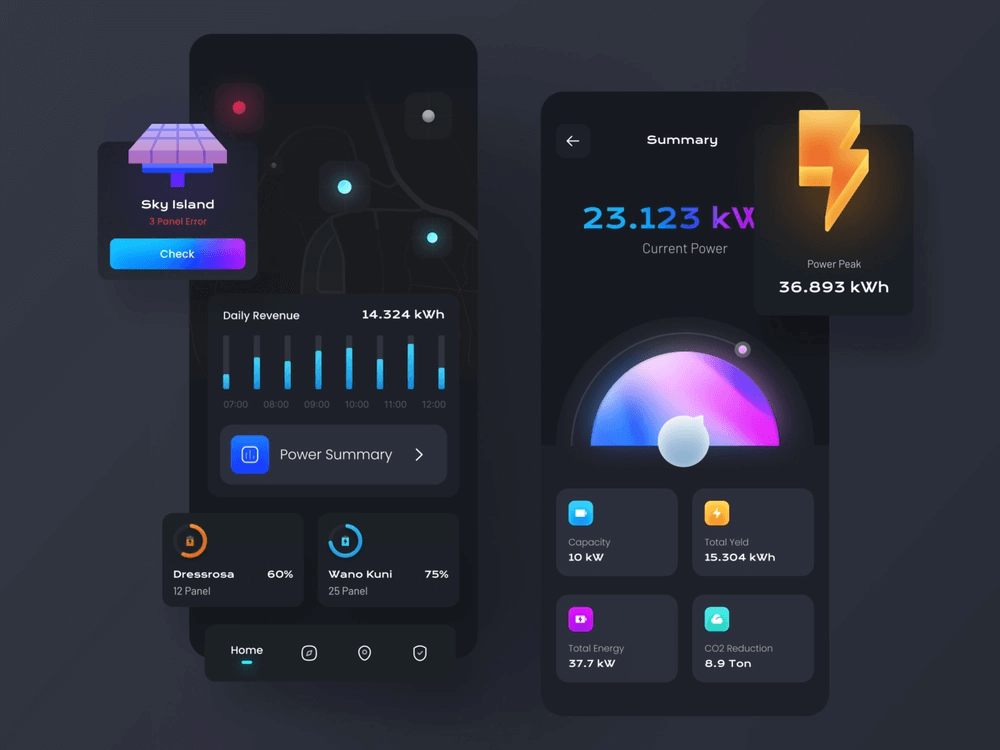
Working Principle of Solar Panel Monitoring Apps?
The working principle of solar panels is focused on effective maintenance and providing important insight into the whole network. There are mainly three monitoring systems that integrate with the app and provide relevant information. The first is solar monitoring from equipment manufacturers, the second is solar monitoring from installers, and the third is Standalone home energy monitors. Any of these solutions are installed in different parts of the solar panel.
Market Stats Showing Growth in Solar-Energy Industry
The solar industry installed record levels of solar capacity in 2020, indicating increases of labor productivity ranging from 2% - 32% across market segments
| Global New Installed Solar PV Capacity 138,200 MW |
| Germany’s Share of Global Cumulative Solar PV 4% |
| Capacity of Largest Solar Power Plant 2.25 GW |
Well, if you are planning to make a career in the solar energy industry either physically (selling solar panels) or digitally (developing solar system monitoring apps), you need not worry about the market landscape. As a matter of fact, the global investment in solar energy technologies has been around $141 billion, making it a massive industry to step in. Talking about the US alone, net solar power generation has touched the milestone of 114,768 million kWh. So, you get the idea about the trend of solar energy in the US. The physical market of solar energy systems is equally vast, with 10,000 different well-established companies providing employment to around 231,474 people.
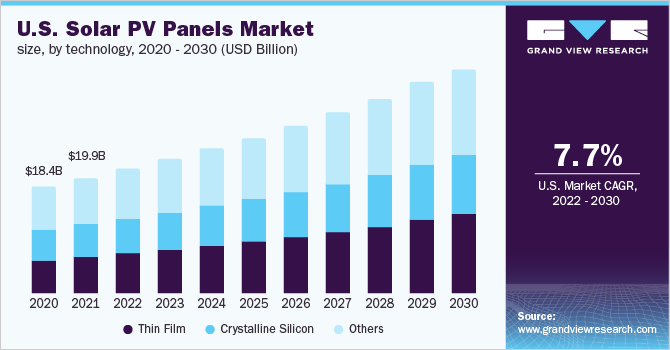
Industry at the global level had a valuation of $146.08 billion in 2021, with an expected CAGR of 7.8% between year 2022-2030. So, the industry has enough space for you to enter the domain only if you have the vision to contribute.
The below graph shows the increase in solar panel installations in 2021

Future Growth Opportunities in Solar-Energy Industry
The future of the solar-energy industry is indicating a sharp upward curve.
The solar panel industry has presented an annual growth rate of 33% in the last decade.
Moreover, one of the biggest hurdles in solar-energy industry growth is installation cost. However, this hurdle also seems to be solved as the cost of solar panel installment has dropped by more than 60% in the last decade only.
The solar system that cost $40,000 in 2010 now costs only $20,000. The USA has been the biggest adopter of solar energy, which is expected to show significant growth in the industry.
Features of a Solar Panel Monitoring App
Weather Data
The efficiency of solar panels depends entirely on the weather. If there is no sunlight for a week and you have not stored enough energy, it might cause big trouble. So, the solar panel monitoring app has the integrated weather forecasting feature so that you can know about the weather conditions and use the power accordingly.
Payback Estimation Time
Advanced automobiles provide the feature that helps the rider/driver know the distance they can cover with the fuel. Similarly, these apps also provide an estimate of stored electricity and can be used without further charging.
Auto and Manual Connecting
You can integrate your app automatically or manually. To connect automatically, you can scan the QR code or connect with the help of wifi to get the insight. Moreover, you can manually feed the panel name or number, select the brand and connect it with the application.
In-App Messaging
The solar panel monitoring app provides you the In-app messaging feature to connect with the service providers directly.
Security Alarm
The app upgrades the security of your solar panels. The mobile application will receive the alarm whenever there is any interference with the solar panels, and you can check the problem. There might be the chance that some bird might be obstructing. It will also prevent incidents such as someone harming or stealing the panels.
Sunlight Intensity
Power generation depends largely on the intensity of sunlight. So, the app will inform you all about the intensity, the electricity being generated, the time it will take to fully charge the installed batteries, etc.
Energy Production Calculation
The solar panel analytical apps can calculate the intensity, energy production speed, the time to fully charge the batteries, the time it will power the appliances in the house/firm, and other necessary calculations.
Insight Into Stored Energy
Through these apps, you can have insight into the total stored energy in the system. On the basis of this information, along with the weather forecast, you can make wise use of the power so that you don’t have to compromise with the energy needs of your household.
Offline Access
Some of the apps provide offline access to the information as well. It means that you can get the insight even if there is no internet connection to the smartphone. However, you have to customize the app for this setting and make the arrangements in advance.
Conditions and Maintenance of The Solar Panels
No doubt, the cost of panel installation has declined recently, but still, it costs a significant amount that can not be invested frequently. So, the apps also ensure that the solar panels you install at your roof serve you for years. You can check the conditions of the solar panels lying at the top. The apps will tell you about any defects in any part of the panels. Moreover, it also suggests the maintenance and repairing time for the panels.
Energy Availability as Per Requirements
You might need to install more panels to fulfill the power needs. At the same time, the existing solar panels might also generate the excessing electricity that you can sell. So, the mobile application will also interpret the energy availability according to your need so you can take the action accordingly.
Multilingual Support
The solar-energy industry is gaining pace in every part of the world. Let it be developed, developing, or under-developed economies; the solar panels are being adopted in all the corners. So, most solar panel monitoring apps provide multilingual support to the users.
Query Solving and FAQs
There are very few experts available in tier-3 cities. But these cities are not very far behind in adopting solar energy. So, the solar panel monitoring apps also provide query-solving features in which you can raise the query and get the solution. Moreover, the availability of a range of FAQs will help you gain a fundamental understanding of the solar panel use case.
Considerations While Developing a Solar Panel Monitoring App
The solar-panel monitoring apps are developed based on the system’s requirements. So, several considerations are to be ensured while producing a similar app. Some of the concerns which need to be accounted for are but are not limited to:
Target Countries
Most apps carry the target audience, while this one concerns the target countries. Sun spread its light in different parts with different intensities. So, the climatic situation is a significant factor that needs to be considered while developing the app. Moreover, your app should be able to provide insight into different conditions such as space heating, ventilation systems, water heating, lighting systems, electrical supplies of the system, etc.
Competitors Analysis
The solar power industry is significantly developed in countries like the USA and the EU. So, you should know about the competitors already operating in the industry, their revenue, what audience they are targeting, what features they are focusing on, etc. It will help you to have an idea of features and business models to make space for yourself in the market landscape.
Features
A range of similar apps on the play store and app store acts as the competition. So, while developing the new app, it should be considered that the app is not lacking in the availability of features. Instilling all the features will provide the application with competitive advantages.
Possible Challenges
Local laws and legislation might be the challenges for the solar-energy analytics app. However, these challenges are faced by every business and service, irrespective of the domain and industry. So, it needs to be ensured that the app fulfills the regulatory norms and policies of respective countries.
Business Model
The business model of the app should be decided in advance only. It will help to instill the features and plan accordingly. If the app aims to generate revenue against advertising, the features and information can be shared free of cost. On the other hand, if the advertisement is not considered, there must be in-app purchases or subscription charges.
Market Leading Solar Panel Energy Monitoring Apps
There are plenty of sharks in the ocean of solar-energy monitoring apps. We are enlisting the top 5 apps that provide relevant insight about your installed solar system. However, the list goes on; you can consider the following when looking for the best options:
1. PV- Solar Power System

Via this app, users can easily calculate the PV solar power system elements. Being a few MegaBytes app, it can be installed without burdening your smartphone. You can get insight into a range of information such as:
- Based on loads
- Panels tilting
- Based on panels
- Panels connection
- Pumps calculation
- Shadow calculation, etc.
You can also learn to connect the solar panels in parallel and series with this app.
Available on Android
2. Solar Tilt

If you have invested a good amount on the panels, you would definitely seek to gain the maximum output. The power generated by the panels also depends on the angle of the solar panels. So, this app guides you on the perfect angles for solar panels based on season, time, and weather. You can calculate the tilt angle with the app and then match the angle of panels to the tilt line in the application.
Available on Android
3. Solar Panel Simulator for PV System 3D
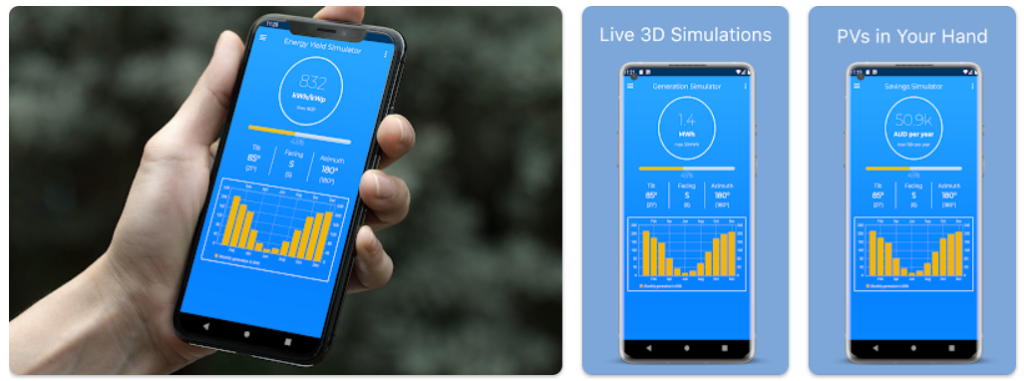
A blueprint is drafted before every big project. But most panel installers and providers don’t provide the one before installing the system. So, if you want to check the layout of the whole solar system, the app means totally to you. After installation, you can scan your location and know what the entire system will look like. Moreover, you can also calculate the time it will take for the system to cover the entire investment you have put into installation.
Available on Android
4. My Solar

My Solar is another excellent app for those willing to install this renewable energy source. The user will have to connect the application with installation and subscribe to Solar Analytics. You can track the performance of the power system. It will also tell you about the amount of power being generated and the amount of energy being consumed by you. The app even tells you where it will be most beneficial to use high energy-consuming appliances.
5. My Solar Panel Lite

My Solar Panel Lite is a solar power forecasting app that requires access to locations, then makes the configuration and provides the results accordingly. The app comprises various tools such as sun position, monthly tilt, optimizer, Inclinometer, and many more. These tools, when combined, provide you access to multiple data such as electricity, panel area, energy yield, and capacity factor.
Available on Android
IoT Integration in Solar Power Monitoring App And Capabilities
The solar power monitoring systems are mainly based on the IoTs designs that consist of the three layers. The first layer consists of the sensors and microcontrollers which are connected to the hardware. The second one is the cloud layer which plays its role in data transmission. The third layer is a software layer that helps to control the hardware devices. This software layer is installed on the various parts of devices that transmit real-time information and data. The information is then received on the application via a cloud network to know how the entire power station functions.
Capabilities of Solar Power Monitoring App
Real-Time Solar Panel Energy Monitoring
The IoT solution provides in-depth insight into solar panels, which is impossible to have otherwise. It receives real-time data from each panel and shares it via the application. The data includes the power generation rate, efficiency, and diagnostic parameters. The sensors work continuously and send instant notifications in case anything goes wrong.

Increases Efficiency and Productivity
The IoT system enormously increases the efficiency and productivity of solar panels. It provides recommendations for minor adjustments. It also tracks the performance of each part, so the parts which are not providing the expected productivity can be repaired or exchanged.
Power Distribution & Trend Prediction
The IoT solutions also track and monitor the distribution of power. By learning the power consumption over time, it predicts future power requirements. So it helps generate and store more energy when needed beforehand so that the customers don’t have to suffer from power outages.
Integration of New Updates
The IoT solutions have the capability to install the new updates without hindering the current pace of functions in the solar plant. Moreover, the significant updates can be ordered by the customers to enhance the capabilities of the monitoring system.
Smartphone Applications for Solar Photovoltaic Use
Smartphone applications for solar photovoltaic use are all about sensors; the information collected by sensors is received on the handset. So, a series of sensors are installed in the solar panels for their respective functions. Some primary sensors consist of a Barometer, Ambient temperature sensor, and Humidity sensor, which inform about the weather based on air pressure, temperature, and humidity, respectively. The ambient light sensor is another significant device that helps estimate solar radiation. The table below defines numerous sensors that complete a solar panel monitoring system:
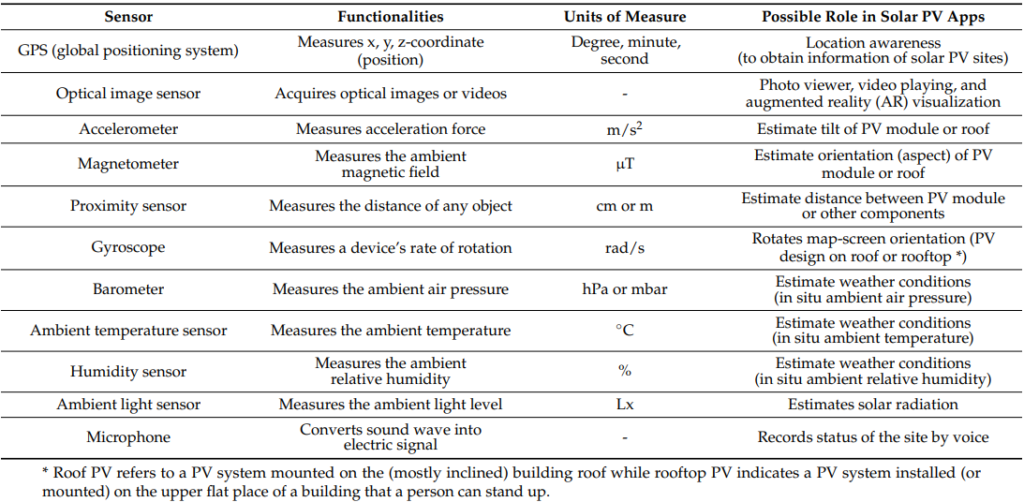


(Seasonal PV Tilt Angles app), (b) PV system configuration and report by electrical load (Solar Calculator app) ResearchGate
Solar APIs and Their Working Principle
Solar API refers to the interface that methodically interacts with solar technologies. The solar API sends the information about the data that the user wants to get on the smartphone. This information is then received by the sensors and solar systems. Once the sensors gather the relevant data, they send it back to the mobile application with the help of APIs.
API plays a significant role in communicating real-time data in a format that users can understand. The sensors in the solar panel can measure the temperature. Similarly, the power stored in batteries is also known to the inverter. All this real-time information, when communicated through a medium to the mobile application, it is called the solar API.
Convert Your App Idea Into Reality
Let’s Build A New App Together
Five Most Popular APIs for Solar Energy Monitoring Purpose
1. Fronius Solar API
The Fronius Solar API in JSON protocol helps developers integrate the Fronius inverters into the third-party systems. This API is mainly based on ethernet. Moreover, the firm Fronius also deals with other solutions such as welding, battery charging, and solar energy solutions.
2. Solcast API
Solecast API has the ability to bring and transfer a range of information and data from one device to another one. It includes weather forecasts, radiation, solar power estimates, and cloud information data.
3. NASA POWER Project API
The NASA POWER API allows third-party applications to connect and interact with the POWER data. It is the solar and methodological data from the satellite observations. Using this API, developers can get real-time solar data. The POWER project is supported by NASA Earth Science’s Applied Science Program.
4. EnergyPeriscope API
The EnergyPeriscope API allows the developers to methodologically access the software in order to create applications for solar, energy and wind professionals.
5. NREL Solar API
NREL refers to the National Renewable Energy Laboratory, an agency of the US Department of Energy. The department is focused majorly on sustainable energy production. So, the agency offers the API that helps to access the solar resource data. The toolset of this API consists of mapping tools and photovoltaic performance data, which is collected by NREL.
Integrating Solar Power Monitoring Monitors
There are different types of solar power monitoring systems having their own use cases. These monitoring systems are a significant and most effective way to analyze the energy production by the system. At the same time, it also communicates about the particular problems which are being faced by the system. Some monitoring systems depend on internet connection via wifi or ethernet, while others are more cellular, which helps monitor the data in internet outages. Following are two main types of Solar Power Monitors which are used widely:
1. Grid-Tie Solar Panel Monitoring System
Grid-Tie monitoring helps support the solar system to operate smoothly by transmitting the data to monitor and thus regulating solar panel output. Some of the best Grid-Tie Solar Panel Monitoring systems are:
- Enphase IQ Envoy ENV-IQ-AM1-240M
- SMA Sunny Boy 5.0-US-41 Inverter w/ Integrated DC Disconnect, Triple MPPT, 208/240 VAC
- SolarEdge SetApp Enabled SE9K Gridtied Inverter – 3 Phase 208V
2. Off-Grid Solar Monitoring Systems
The off-Grid solar monitoring system helps measure the battery’s state of charge and allows you to know when it is time to recharge and when the battery is fully charged. Following are some of the best off-grid solar monitoring systems that not only offer superior monitoring but, at the same time, they are wireless, which makes real-time monitoring very simple and accurate.
- Magnum Ethernet MagWeb Web based monitoring kit – ME-MW-E
- Midnite Solar Classic MPPT Charge Controller 250V
- Morningstar TriStar Charge Controller, TS-MPPT-60
How Does Solar API Integrate with Apps for Monitoring?
The APIs allow the other software applications to access their monitoring system database for different data analysis purposes along with managing and interpreting the data on the application. Following is the list of some basic APIs incorporated in the solar monitoring systems:

Technology Used in Solar Edge API
SolarEdge is one of the leading monitoring server API providers in the market. The list of APIs discussed in the above section is also served by SolarEdge. SolarEdge uses the following technology in their Solar APIs:
- It uses the predictable, resource-oriented URLs
- It has the in-built HTTP capabilities for passing parameters via the API
- It responds with the standard HTTP codes
- It has the ability to return results in different formats such as XML, CSV, and JSON
Business Opportunity for You in Solar Power Industry
The solar power industry is growing exceptionally every day with increasing awareness of people toward the environment. But if you are already engaged in a profession, switching careers and selling solar panels might not be practical. However, developing a similar app and monetizing it is both practical as well as profitable. All you need to do is develop a vision and then an application. If the features of your app are exceptional and valuable, it can bring a considerable sleeping income to you.
App Development Team for Solar Panel Monitoring App
However, it is not that easy to develop the app. As long as you don’t know coding and app development, you have to rely on some external team for the same. Make sure you choose the right team (as that of Emizentech’s), so it can work as you want and not as what’s easy and cost-efficient to them. Make sure that the app development team that you are hiring consists of:
- Project manager
- Business Analyst
- Mobile App Developers
- QA Engineers
- UI/UX Designer
Required Investment for Solar Panel Monitoring App Development
The money you are spending to develop the app can be considered as an investment as it is going to bring good returns. So, it would be better to call it an investment rather than the cost. The concept of required investment is also very similar to that of setting up a real-time business. You can invest as much as you want. The more you invest, the more inventory you get and the more customers you attract. Similarly, the more you spend on an app, the more features it will carry, and more users will be involved.
No price tag can be attached to app development. The cost is associated with time taken for the team to develop the app. More features require more time. However, you can consider the cost anywhere between $30,000-$50,000.
How Can We Help You?
Emizentech has been leading the software and app development market for the last decade. Our team of experienced and visionary developers has helped the firm maintain a client base with several national, international, and Fortune 500 listed companies. We listen to your ideas, be your partner in researching the market, and then develop the application to maximize the returns. Moreover, we also support you post-app development so you can make the necessary updates. If you have an idea but don’t have a clear vision of what to do with it, you can have a free counseling session with our experts.
Most people repeat the same stuff every day because they choose to keep their vision mere a vision. Don’t be one of them. Transfigure your vision into reality and make a difference.
Wrapping Up
With the burgeoning trend of solar power, the need for technology to monitor the complete system has also experienced a positive curve. Mobile applications are helping people gain important insight into solar energy systems. Different types of apps are available on the Android Play Store as well as the Apple App store that can be integrated with the panel system to receive the data and information. The working principle of these apps is wholly based on using different APIs to interpret the data. Developing a similar app of your own can bring an excellent passive income to you.

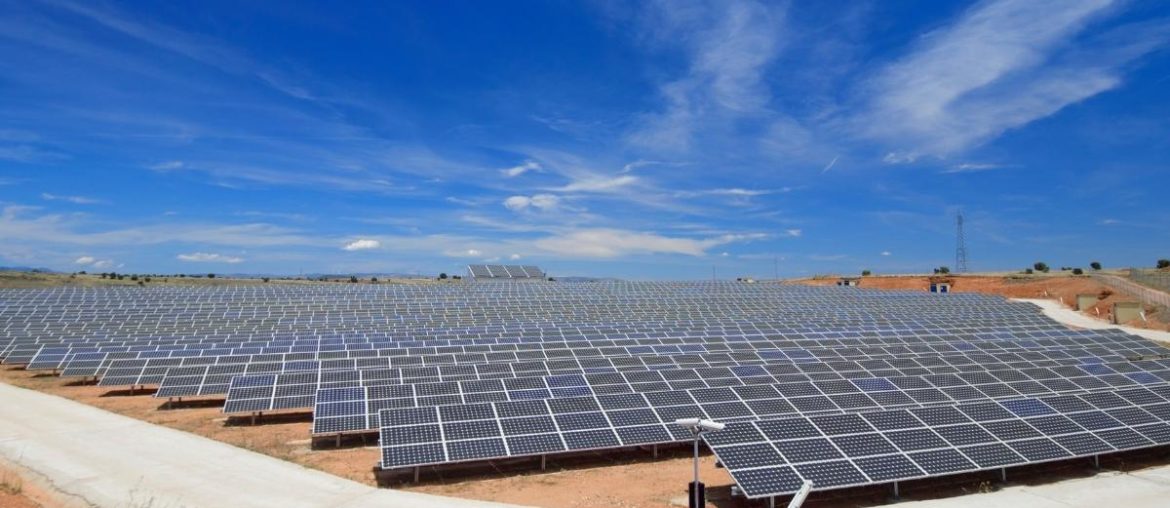


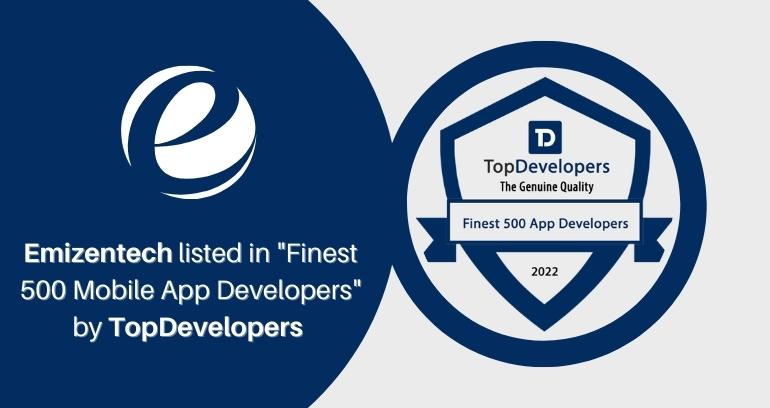

 USA
USA UK
UK Singapore
Singapore